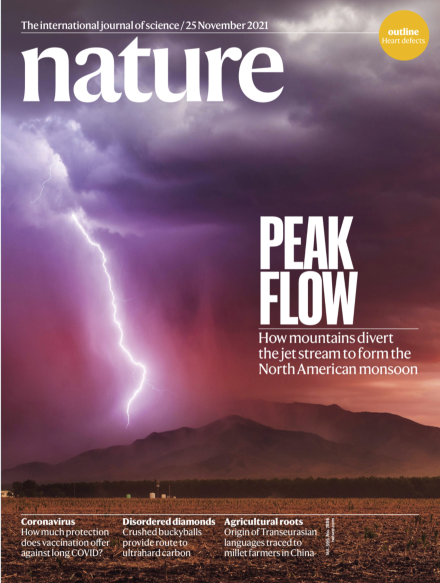Serial femtosecond crystallography (SFX) has provided significant understanding of time-resolved processes of various systems in biology, for example, rhodopsin, which underlies our vision. The approach involves femtosecond-length X-ray pulses directed at protein crystals and has been used to study various photoactive proteins. However, the function of proteins such as rhodopsin requires trans–cis isomerization of a chromophore, which involves crossing of a conical intersection—a funnel separating potential energy surfaces—at timescales faster than what can be achieved experimentally. Here, Ourmazd and colleagues report a machine learning analysis of SFX data of photoactive yellow protein, which resolves the protein passing through a conical intersection, providing information about the potential energy surfaces involved and achieving time resolution of less than 10 fs. This approach offers an opportunity to understand some of the fastest processes in biology by extracting even more information from SFX datasets.
- A. Hosseinizadeh
- N. Breckwoldt
- A. Ourmazd

